How to Make Your Own Baby Food Stage 1
Transiting from breast milk to solid food is an important milestone for your baby. To make the process as seamless as possible, you need to find the best baby food recipe. A good baby food recipe would provide your baby with every nutrient essential for proper growth and development. In addition, it ensures that your baby gets to experience new tastes and textures of food.
We're certain you want only the best for your little one, that's why we've created this post just for you!
In this article; you'd find out what Stage 1 baby food is, 10 quick baby food recipes for Stage 1, and additional tips on how to make them.
Table of contents
- Who Needs Stage 1 Baby Food?
- What Is A "Stage 1" Baby Food?
- 10 Quick Baby Food Recipes for Stage 1
- 1. Rice Cereal
- 2. Apples/Applesauce
- 3. Sweet Potato
- 4. Avocado
- 5. Oatmeal Cereal
- 6. Banana
- 7. Carrot
- 8. Pear
- 9. Squash (Winter – Acorn, Hubbard, Butternut)
- 10. Barley Cereal
- A Final Note
Who Needs Stage 1 Baby Food?
Your baby.
From the sixth month of life, your baby is ready to start eating solids. However, a baby's tiny tummy may not be able to digest most of the solid food you (and other adults) eat. In fact, nutritional experts still advise breast milk as a complementary diet in this period.

To make the transition from liquid to solid easier, baby cereal and soft-cooked thinly pureed fruits and veggies should be your baby's first experience of solid food.
It is also encouraged that you start with a single ingredient and give a four-day window before introducing each new food. For this, you can start with quick baby food recipes that include fruits like avocadoes or soft solids like sweet potatoes.
What Is A "Stage 1" Baby Food?
Stage 1 baby food is a general term that applies to baby foods that are highly strained and pureed. These kinds of foods are appropriate for babies who are just being introduced to solid foods.
Stage 1 baby foods are thin, runny, and very low on the allergy scale. This means that it is very unlikely that your child will react to these foods. Also, stage 1 baby foods are easily digestible by your little one's growing tummy.
Common examples of Stage 1 Baby food include:
- Carrots
- Sweet potatoes
- Winter squash
- Butternut
Most parents around the world are beginning to consider a baby-led weaning approach while introducing solid foods. For this, they provide soft, cooked, small bits of age-appropriate food as their babies develop.
To help you achieve this with minimal hassle, we've compiled a comprehensive list of 10 quick stage 1 baby food recipes for you. Furthermore, these can be easily given to your baby with a bowl and spoon or using a food pouch.
Read on to find out!
10 Quick Baby Food Recipes for Stage 1
1. Rice Cereal
What you need:
¼ cup of rice powder (you can grind the rice in a blender or food processor)
1 cup of water
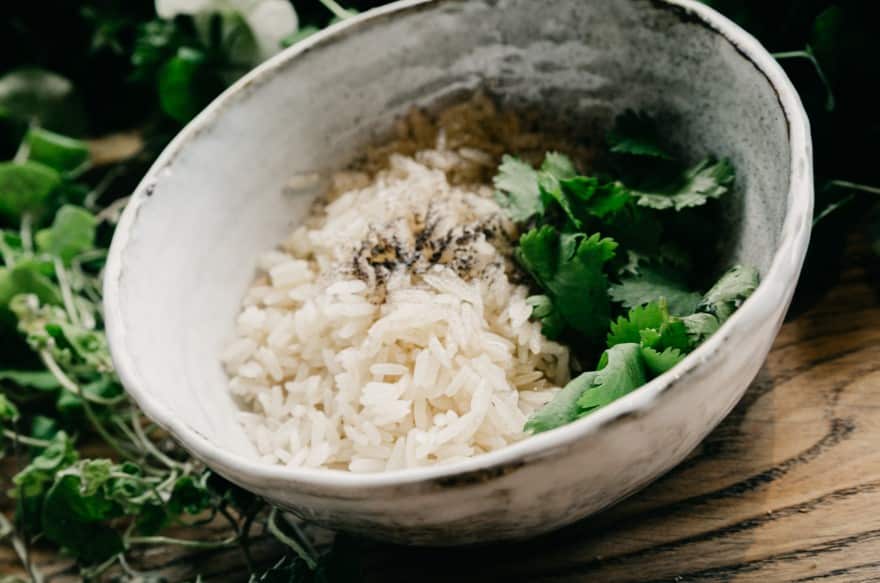
How to prepare:
Boil the water in a saucepan. Add the rice powder and stir constantly as you do so. Allow it to simmer for about 10 minutes and whisk constantly. You can mix in formula or breast milk and fruits if you desire. Serve it warm.
2. Apples/Applesauce
What you need:
Apples
¾ cup of water
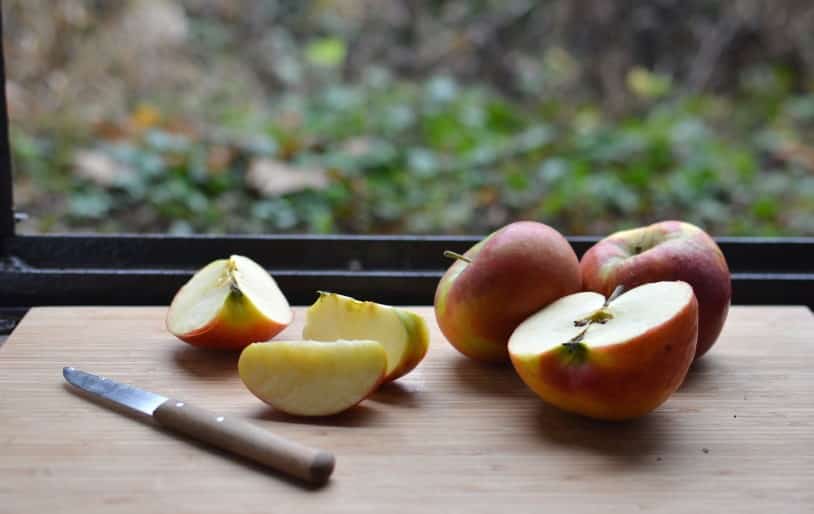
How to prepare:
Peel and cut the apples into slices or chunks. Put the slices or chunks into a pan with just enough water to slightly cover the apples. Steam the apples until they're tender (check on the water level and stir). Mash the apples with a potato masher to achieve a smooth applesauce consistency. However, if your masher will not achieve a puree kind of consistency, you can use a blender or food processor instead.
If you plan to use a blender or food processor, reserve some water after steaming to help you achieve your desired puree consistency.
3. Sweet Potato
What you need:
Sweet potato
½ cup of water
How to prepare:
There are two basic methods to go prepare this.
In the first method, wash and poke holes in the sweet potato with a fork and then wrap it in a thin foil. Do not peel the sweet potato if you're baking or microwaving. Put the sweet potatoes in a 400 degrees oven and bake for 30 minutes or until it is soft.
On the other hand, you can peel the sweet potatoes and cut them into small chunks. Place the chunks into a pan with enough water to slightly cover the potato. Steam or boil the potatoes until tender, make sure you check on the water level.
If you used the first method (baking method), remove de-skin the potatoes and use water from your preferred source. Then put the sweet potatoes into a blender or food processor and then puree. Add water until your desired consistency is achieved.
4. Avocado
What you need:
Avocado (as much as you want)
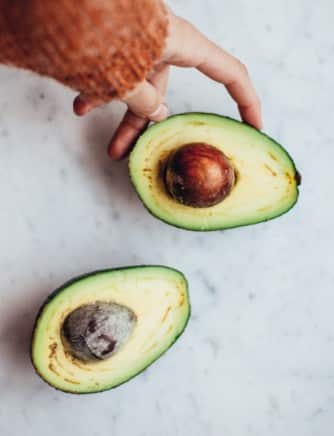
How to prepare:
Peel the ripe avocado and take out the pit but do not cook. Cut the "meat" out and mash with a fork. You don't need a machine to reach a soft consistency as avocados have a very soft consistency and texture.
5. Oatmeal Cereal
What you need:
¼ cup of ground oats
¾ cup of water
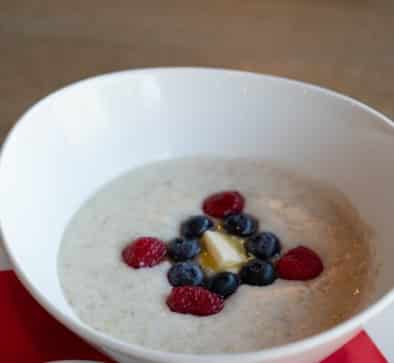
How to prepare:
Boil the water in a saucepan. Add the ground oats and stir constantly as you do so. Allow it to simmer for about 10 minutes. You can also mix in formula or breast milk and fruits if you desire.
Serve it warm.
6. Banana
What you need:
As many bananas as you want.
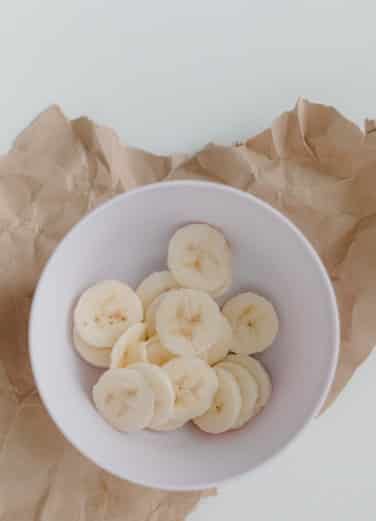
How to prepare:
Peel the ripe banana but do not cook. Put the banana in a blender or food processor and puree. You can also mash the banana in a bowl using a normal fork. You can add formula or breast milk or water to thin it or add cereal (if you so desire) to thicken it up.
7. Carrot
What you need:
Carrots
¾ cup of water
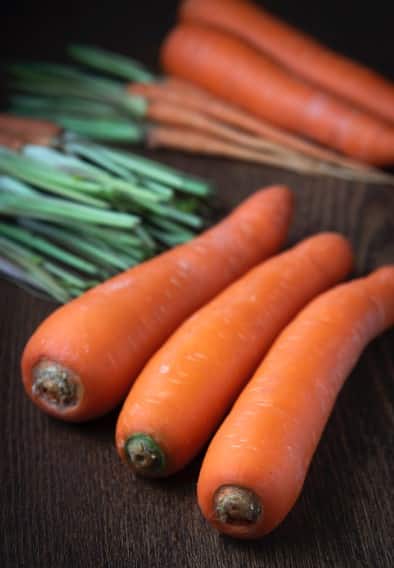
How to prepare:
Peel the carrots and cut them into small chunks. Place the chunks into a steamer pan with water just enough to be visible through the steamer basket. Steam until it is tender. Do not reserve any leftover water for thinning the carrots because it contains nitrates that can seep into the cooking water. Put your steamed carrots into a blender or food processor and puree.
8. Pear
What you need:
Pear
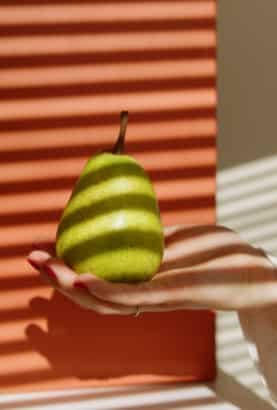
How to prepare:
Peel the pear and cut it into chunks in order to avoid the little seed portion. You can steam gently until it is tender. Put the pear in a blender or food processor and puree until smooth. You may even be able to use a fork to achieve your desired consistency. You can add some baby cereal to thicken it if need be.
9. Squash (Winter – Acorn, Hubbard, Butternut)
What you need:
1 medium-sized butternut or acorn squash
¼ cup of water
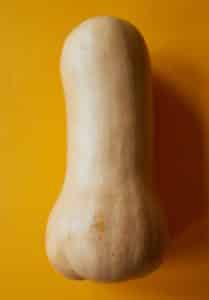
How to prepare:
Cut the acorn, hubbard, or butternut squash in half, and scoop out the seeds. Place a little water in the baking pan and then place the squash halves "face" down in the pan. Check the water level constantly while baking. Bake in a 400 degrees oven until the shell puckers and halves feel soft. Then scoop squash "meat" out of the shell. Put the squash "meat" into your blender or food processor and puree. You can add water to achieve your desired consistency.
10. Barley Cereal
What you need:
¼ cup of ground barley (barley ground in blender or food processor)
1 cup water
How to prepare:
Boil the water in a saucepan. Add the barley and stir constantly as you do so. Allow it to simmer for about 10 minutes, and whisk constantly. You can mix in formula or breast milk and fruits if you desire.
Serve it warm.
A Final Note
Always ask your pediatrician before introducing any new food to your baby. Discuss any possible potential allergy risk for your baby.
Finally, if you want to add protein or fat to any of these purees, simply stir in coconut cream or milk yogurt. You can replace water with breast milk or formula. You can also mix two purees together for more complex flavors.
With these quick baby food recipes for Stage 1, your baby is going to grow up to be a strong and healthy child.
References
S. M. C. van der Veek, C. de Graaf, J. H. M. de Vries, G. Jager, C. M. J. L. Vereijken, H. Weenen, N. van Winden, M. S. van Vliet, J. M. Schultink, V. W. T. de Wild, S. Janssen & J. Mesman (2019). Baby's first bites: a randomized controlled trial to assess the effects of vegetable-exposure and sensitive feeding on vegetable acceptance, eating behavior and weight gain in infants and toddlers. BMC Pediatrics. Accessed on 2nd August, 2021 from https://doi.org/10.1186/s12887-019-1627-z
Maria Jose Bernal, Sergio Roman, Michelle Klerks, Juan Francisco Haro-Vicente, and Luis Manuel Sanchez-Siles (2021). Are Homemade and Commercial Infant Foods Different? A Nutritional Profile and Food Variety Analysis in Spain. Nutrients. 13(3): 777. Accessed on 2nd August, 2021 from https://www.ncbi.nlm.nih.gov/pmc/articles/PMC7997232/#!po=64.9533
Rufus J. Theophilus, Markus Miller, Wilna H. Oldewage-Theron, and John Dawson (2019). The Winning Weaning Food (WWF): The Development of a Complementary Food for Food-Insecure Infants and Young Children in Malawi. Nutrients. 11(10): 2292. Accessed on 2nd August, 2021 from https://www.ncbi.nlm.nih.gov/pmc/articles/PMC6835519/
How to Make Your Own Baby Food Stage 1
Source: https://www.edieandamy.com/stage-1-baby-food-recipes/
0 Response to "How to Make Your Own Baby Food Stage 1"
Postar um comentário